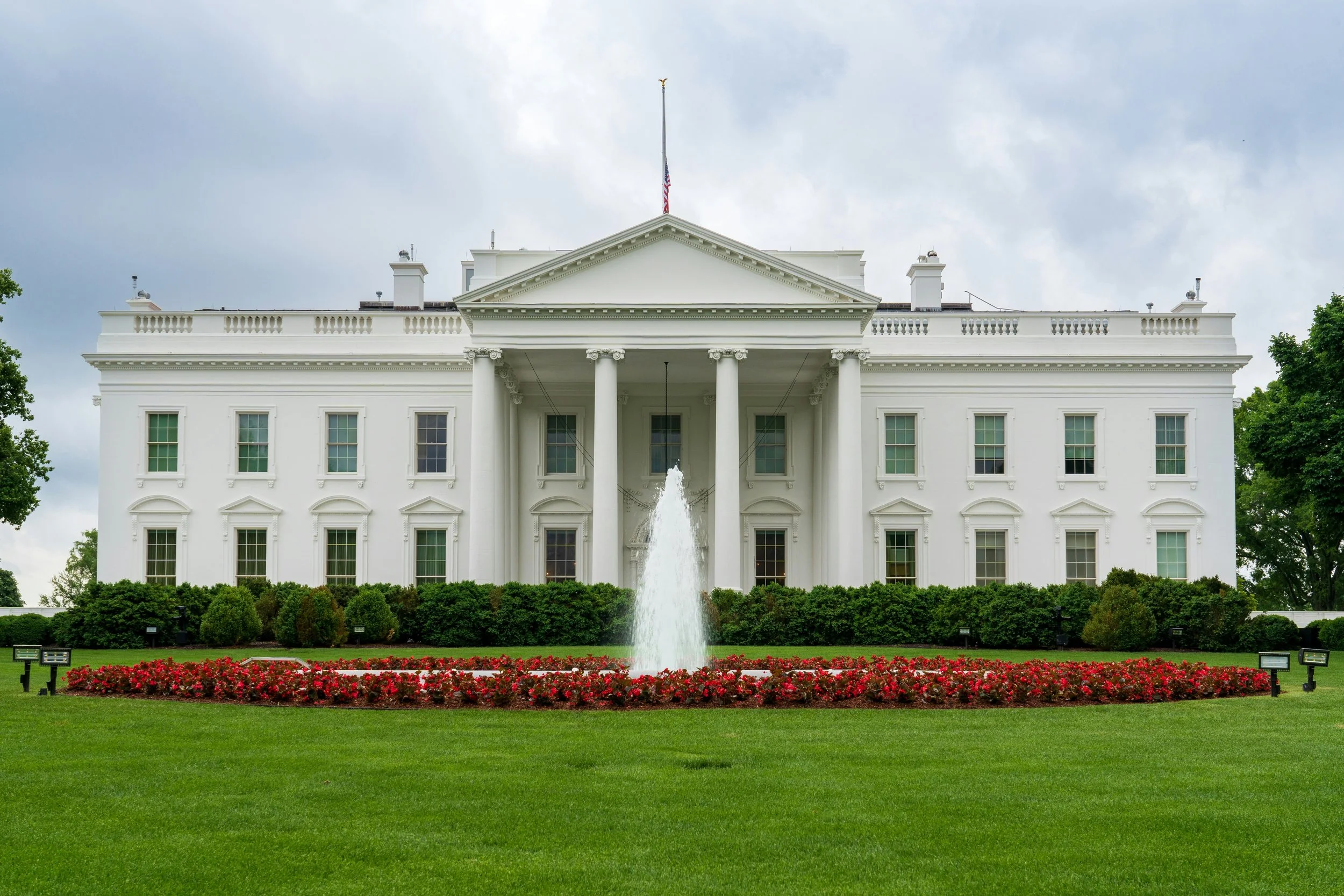Government Shutdown Threatens to Prolong The Frozen Labor Market
Photo of the front lawn of the White House.
If the government shutdown lasts only a short time, its impact on the labor market will be minimal. The hardest hit will be the federal workforce itself, which is already stretched thin. Federal employment has declined every month since February 2025, leaving many agencies likely unequipped to manage the administrative backlog that will be waiting once the government reopens. In ZipRecruiter’s job posting marketplace data, federal government job postings (including for government contractors) were down 30.6% in September compared to last year. With a rapid reduction in the workforce, the infrastructure supporting many federal agencies is under strain, and a prolonged shutdown will only add more stress to these organizations. With vacant positions piling up, remaining employees face mounting pressure and faster burnout.
Furloughed federal workers are officially counted as unemployed during shutdowns, so a prolonged shutdown can lead to a temporary bump in the unemployment rate, which has been increasing over the past few months, and was already expected to tick up again by year’s end. Federal workers typically receive back pay after the government reopens despite being counted as unemployed. Some furloughed workers can access unemployment benefits (that will need to be repaid) offering a lifeline of support to workers who have their pay disrupted so abruptly. This is vital, especially given that many federal workers, much like the rest of the workforce, experience financial instability. However, the surge in unemployment claims can add administrative pressure to state unemployment agencies. A drawn-out shutdown poses an additional risk: delayed processing of new unemployment claims across states. While unemployment insurance is funded at the state level, federal budgets support the administrative operations that keep these systems running. With unemployment already rising over recent months and expected to climb further by year's end, especially if furloughed federal workers take advantage of these benefits in the coming weeks, newly unemployed workers could face delays in securing benefits. This is a serious problem for those already under intense financial pressure.
Federal contractors face a tougher situation. They typically have no guarantee of backpay, and even after the government reopens, administrative backlogs in processing payments and renegotiating contracts could delay their compensation further.
For the broader labor market, this shutdown comes at a particularly challenging moment. Employers have pent-up demand to increase hiring as we head into 2026. The Fed's September rate cut was a step in the right direction. Cheaper borrowing costs give businesses more incentive to grow and hire. However, tariffs are projected to dampen consumer spending before year's end, and a prolonged shutdown could further erode consumer confidence. This would delay hiring plans that might otherwise materialize, keeping the labor market stuck in place. The most significant effects on the broader market will be indirect, and will only take shape if the shutdown stretches out, transmitted through decreased consumer confidence and cautious business reactions rather than direct job losses.

